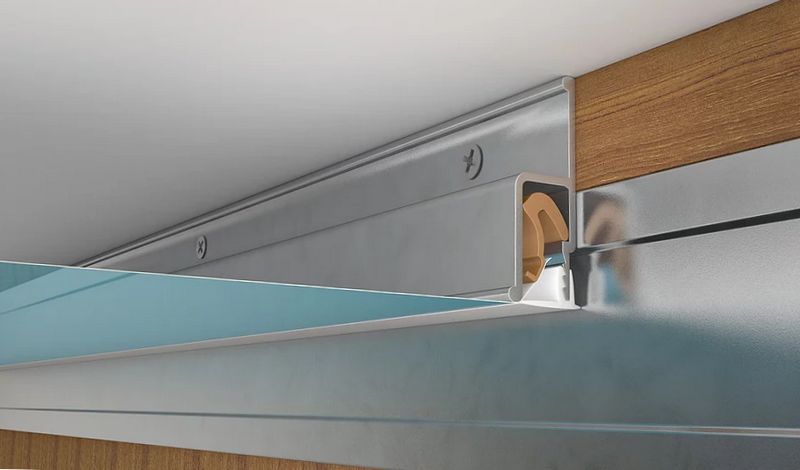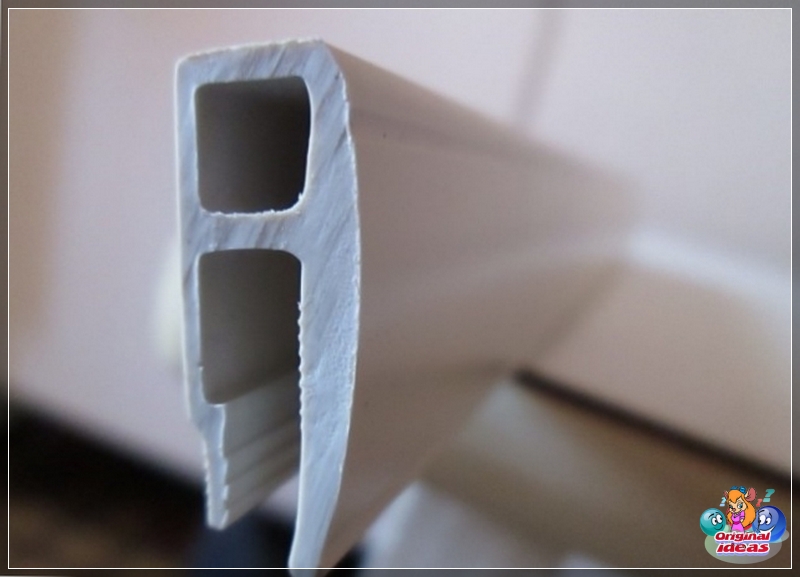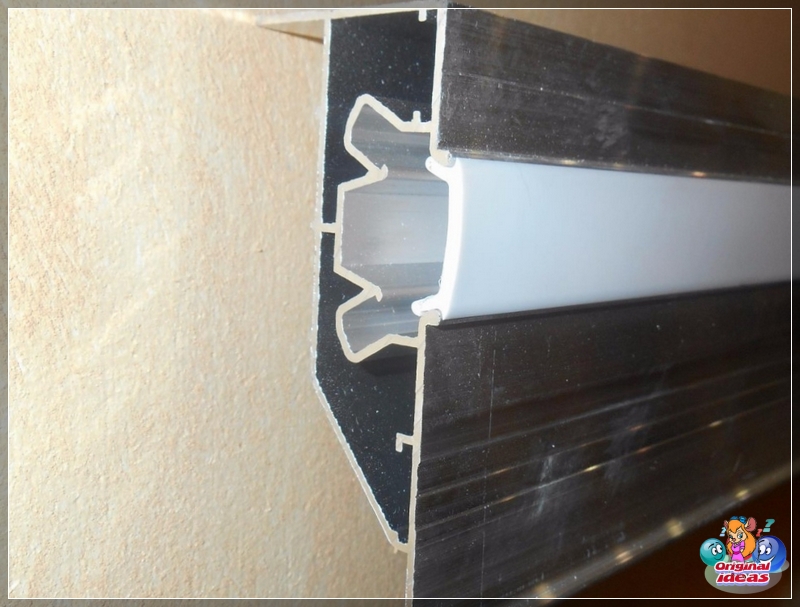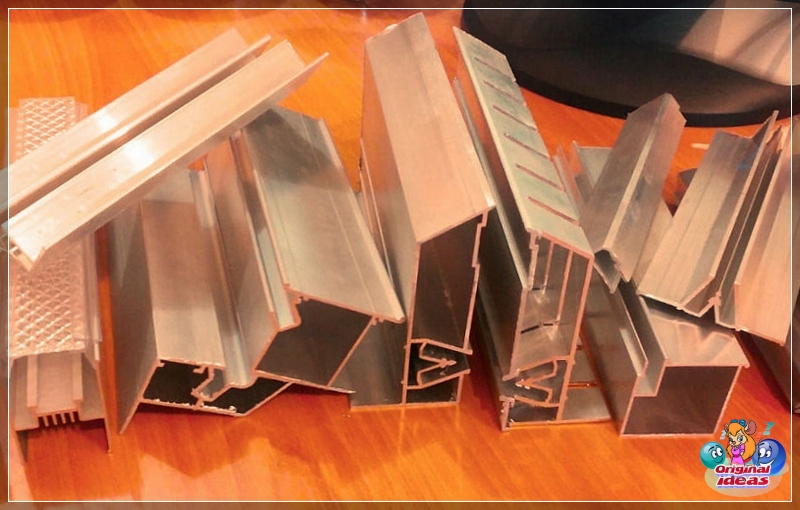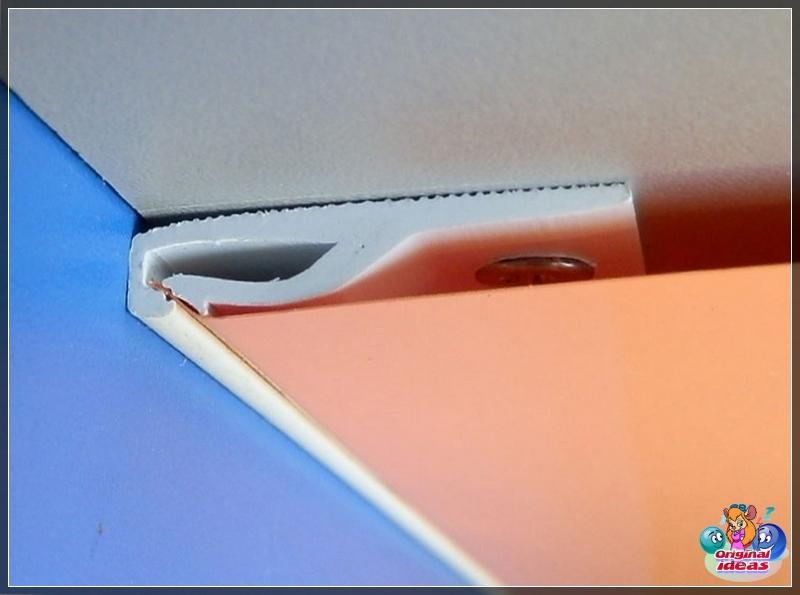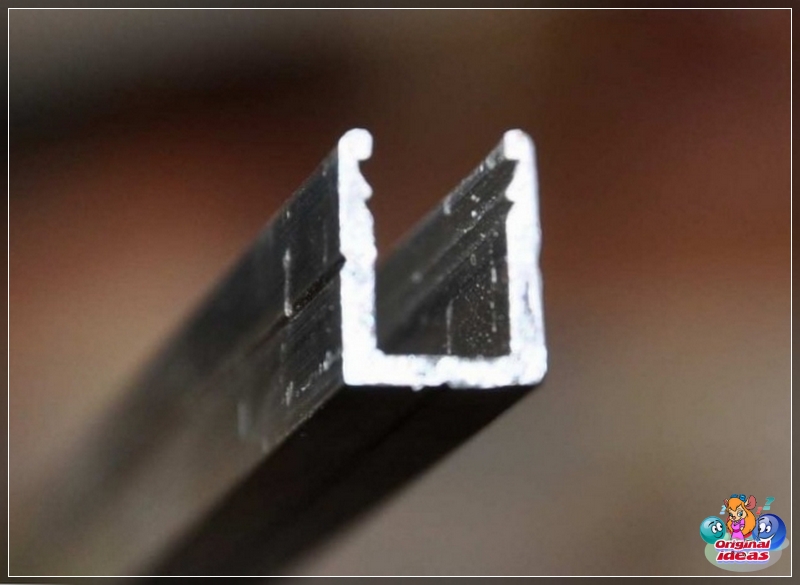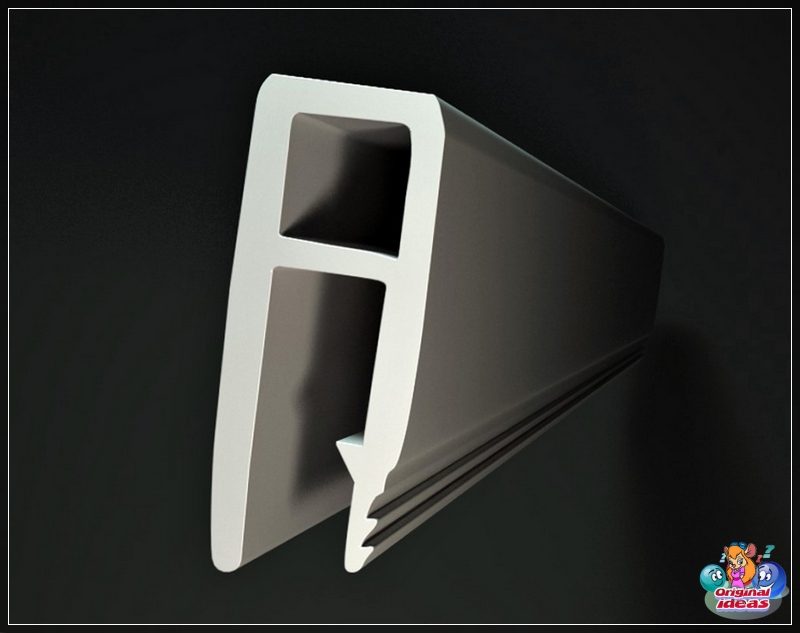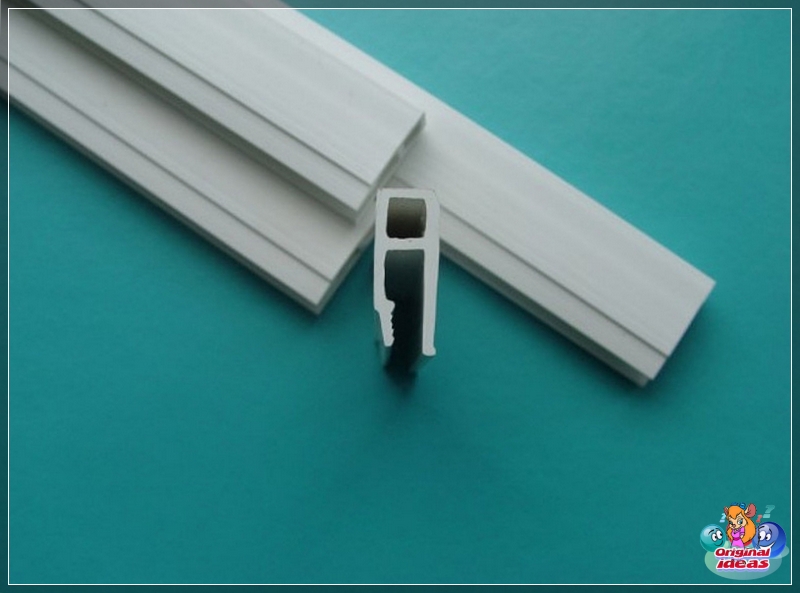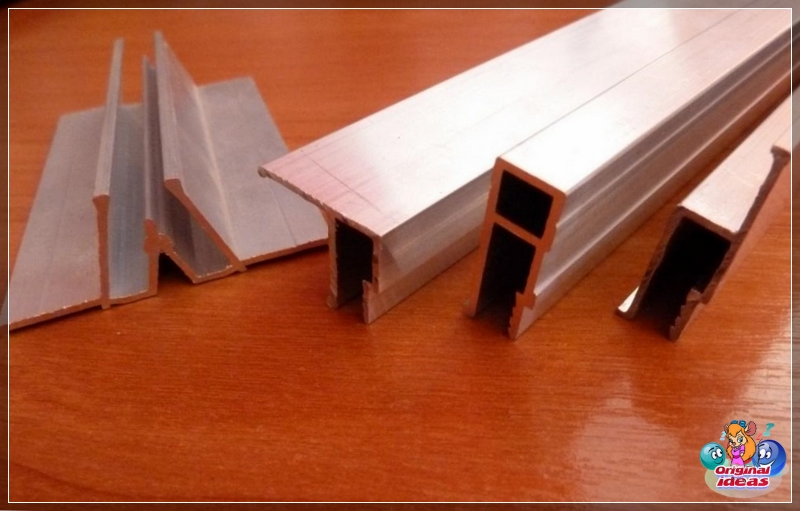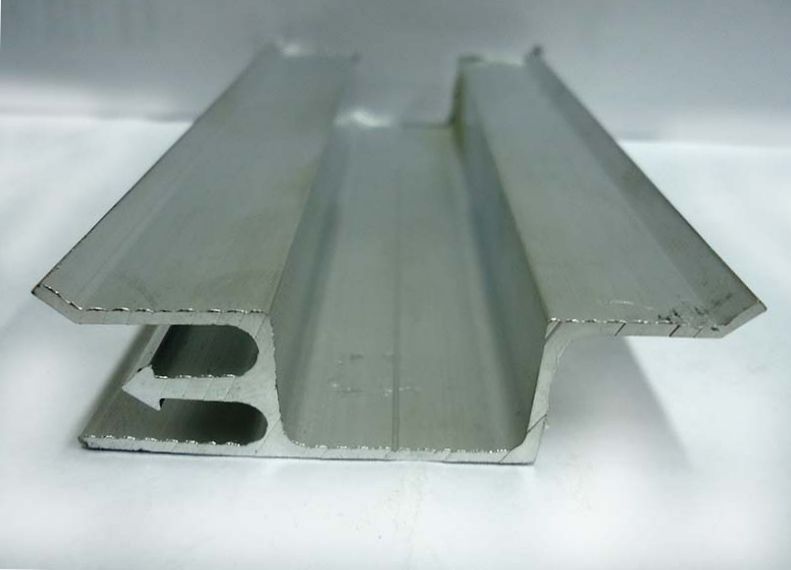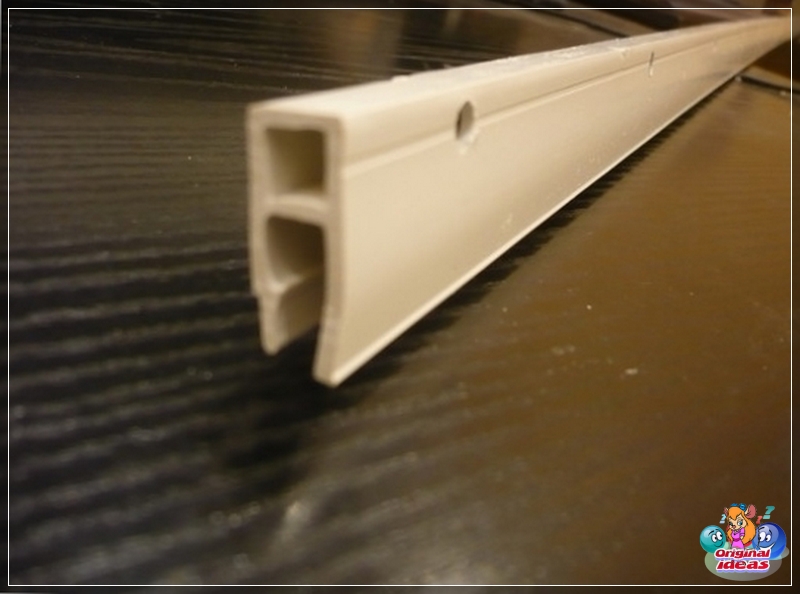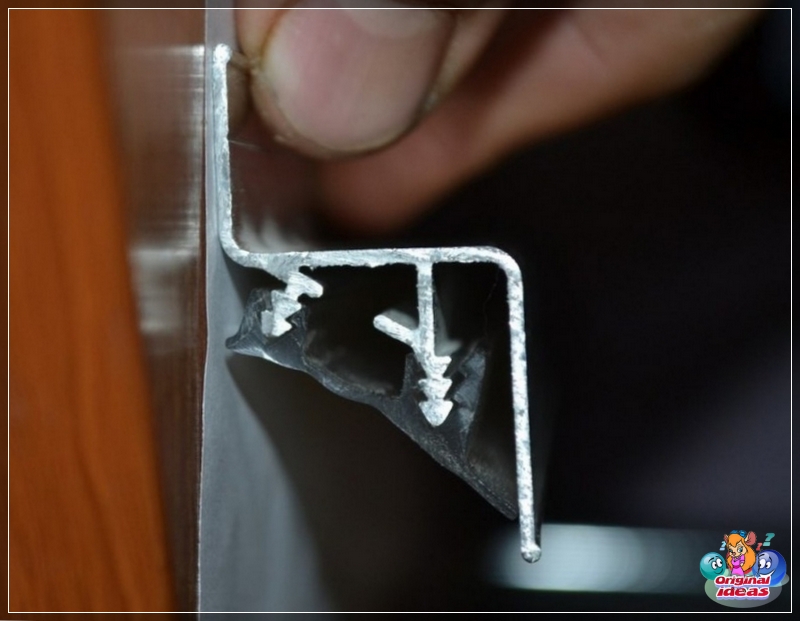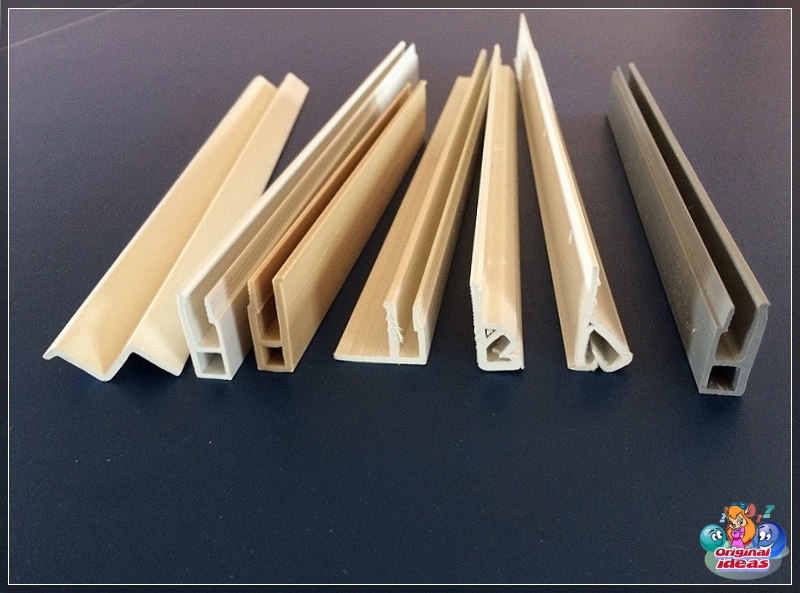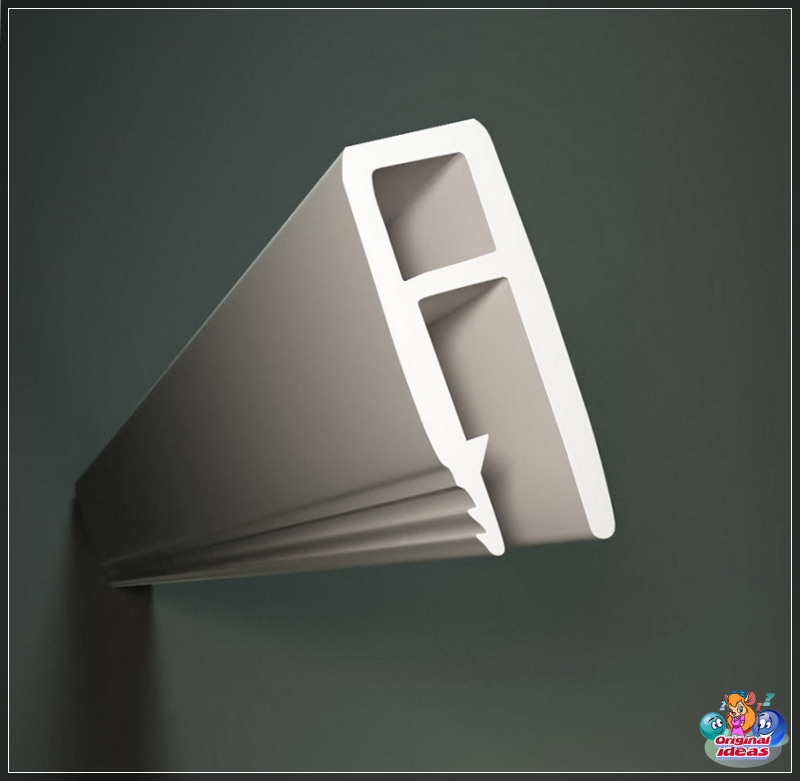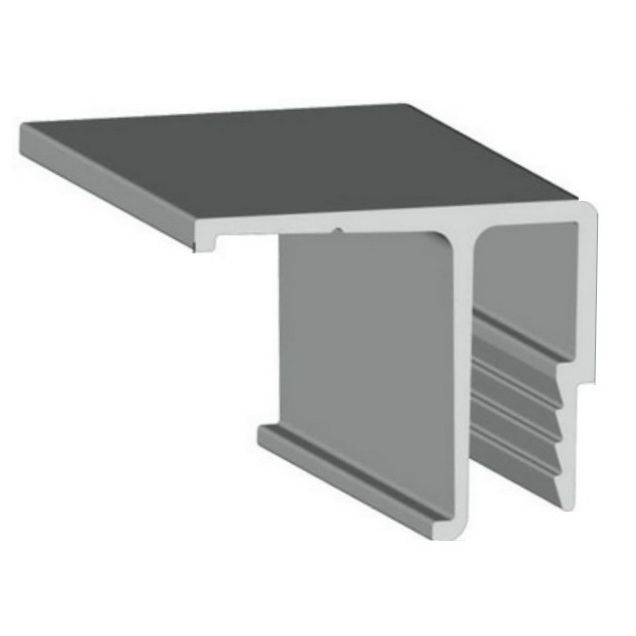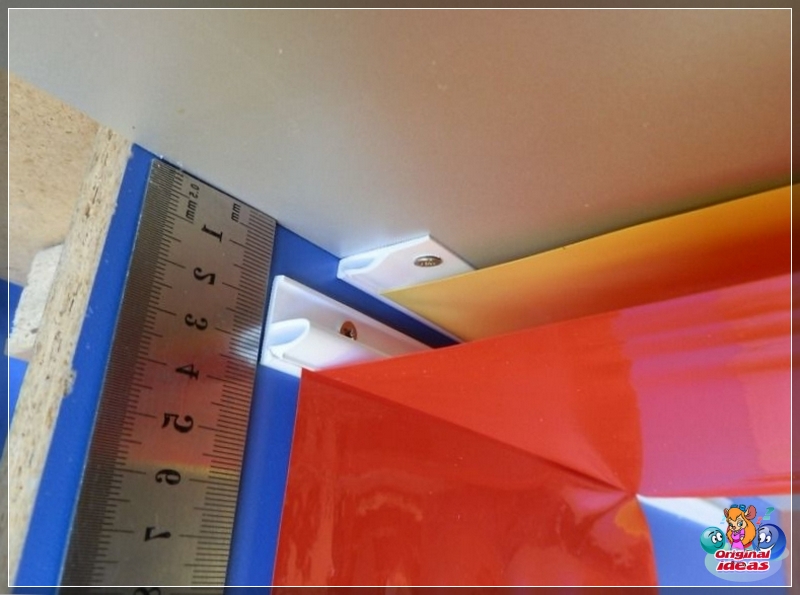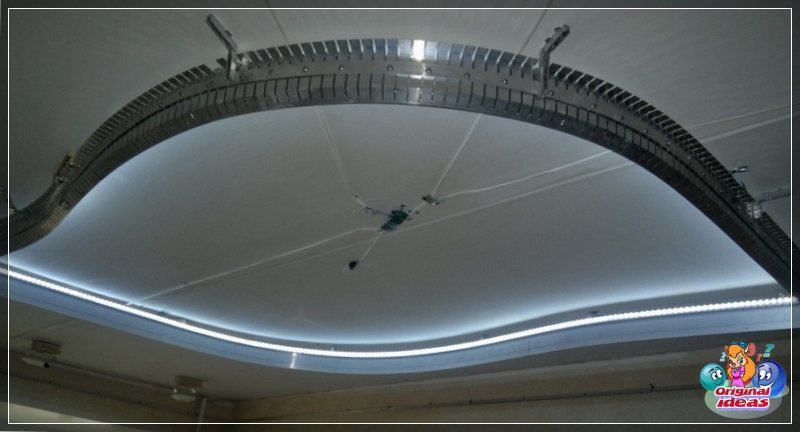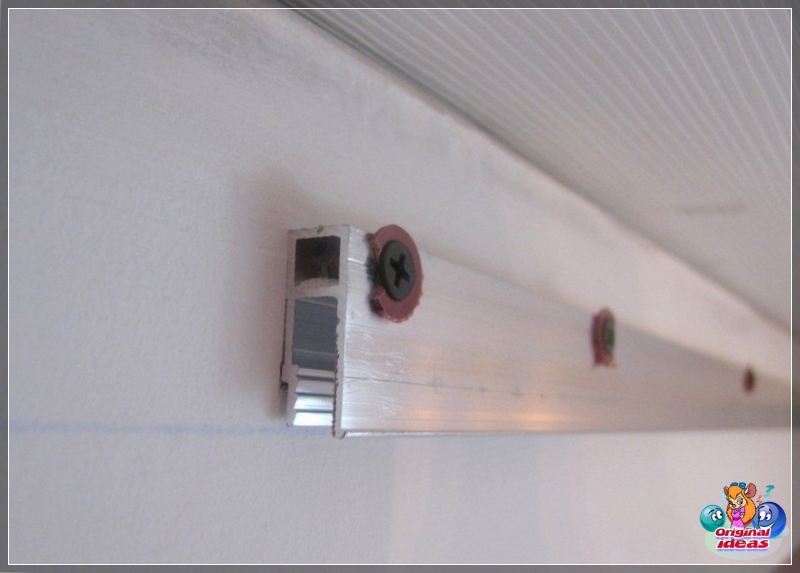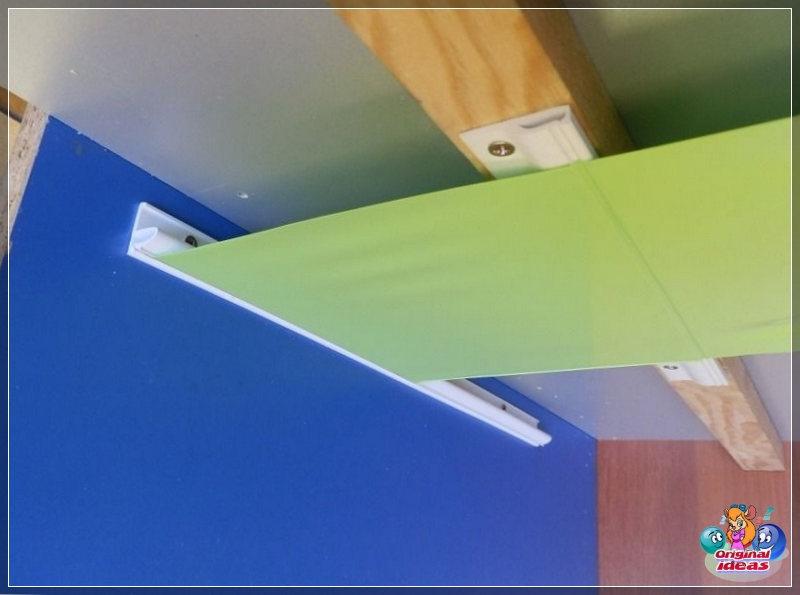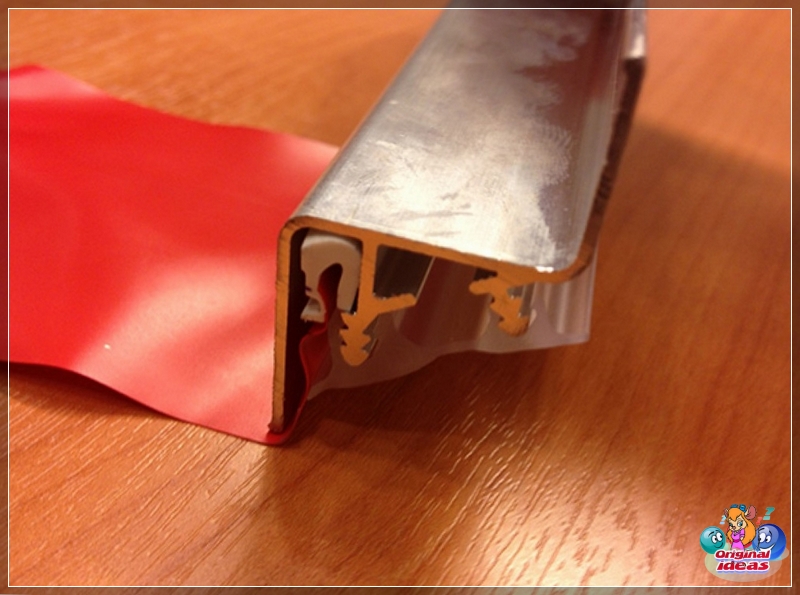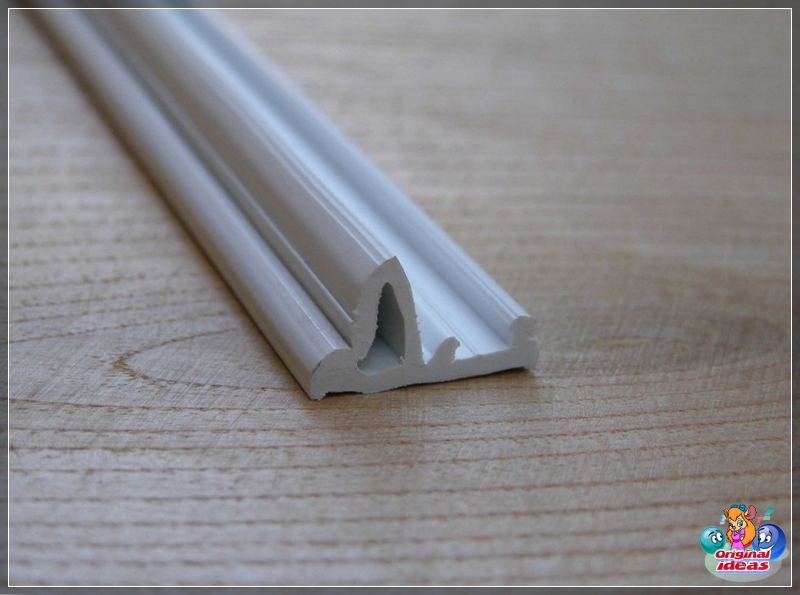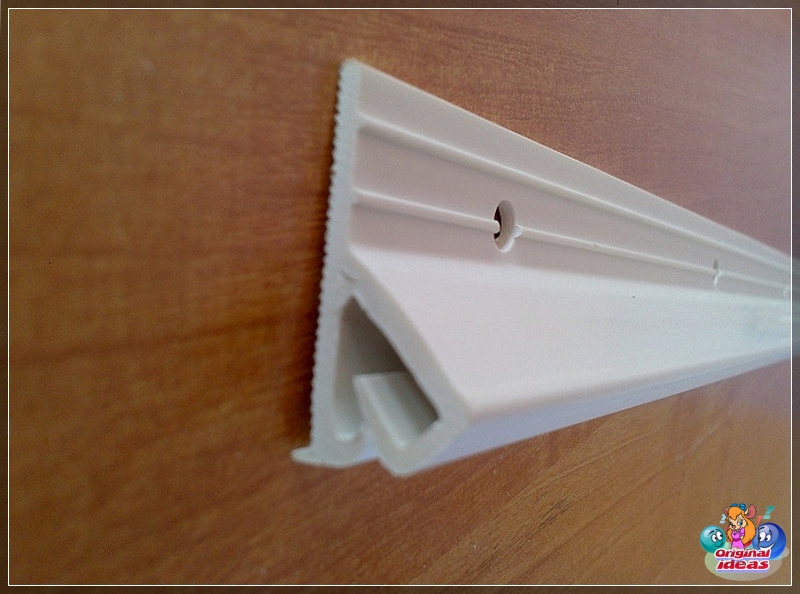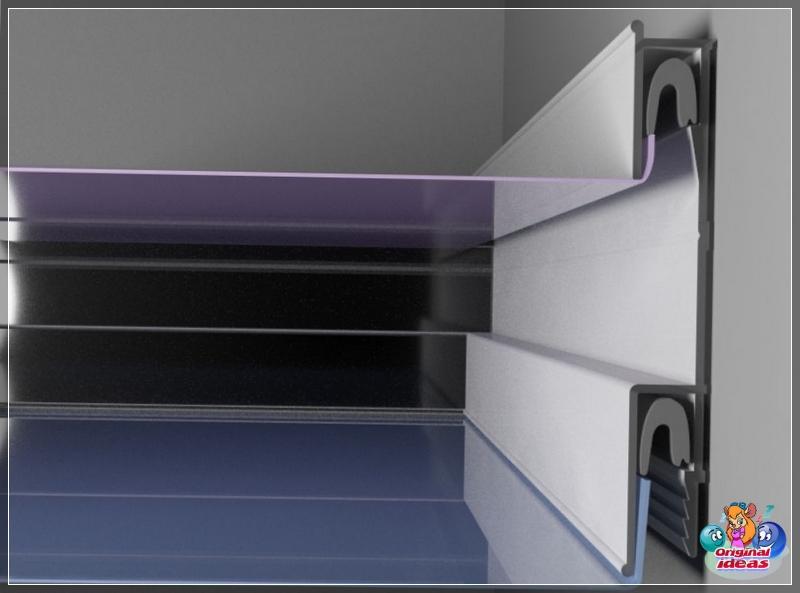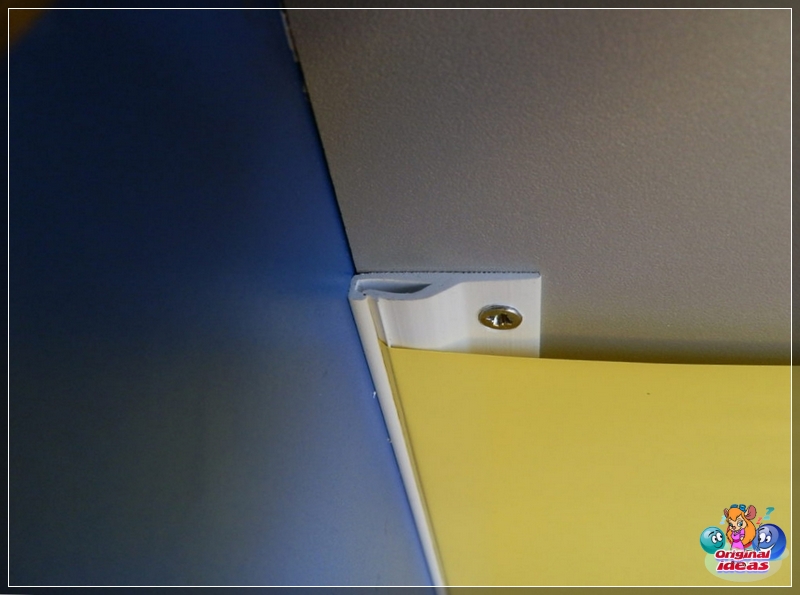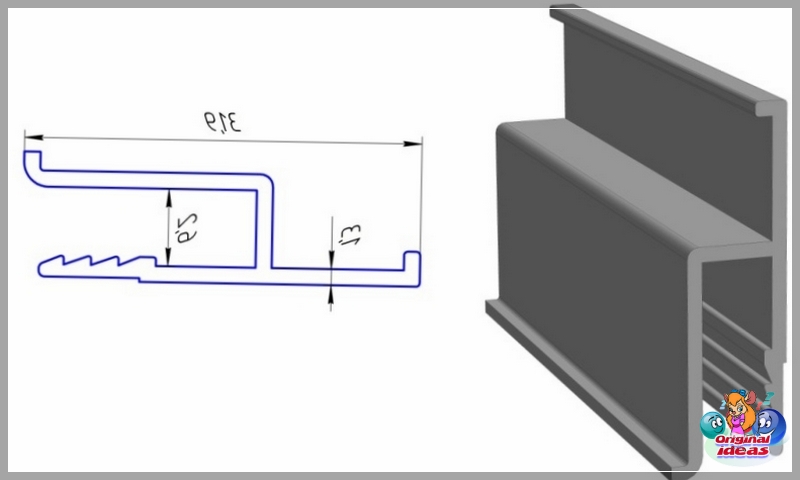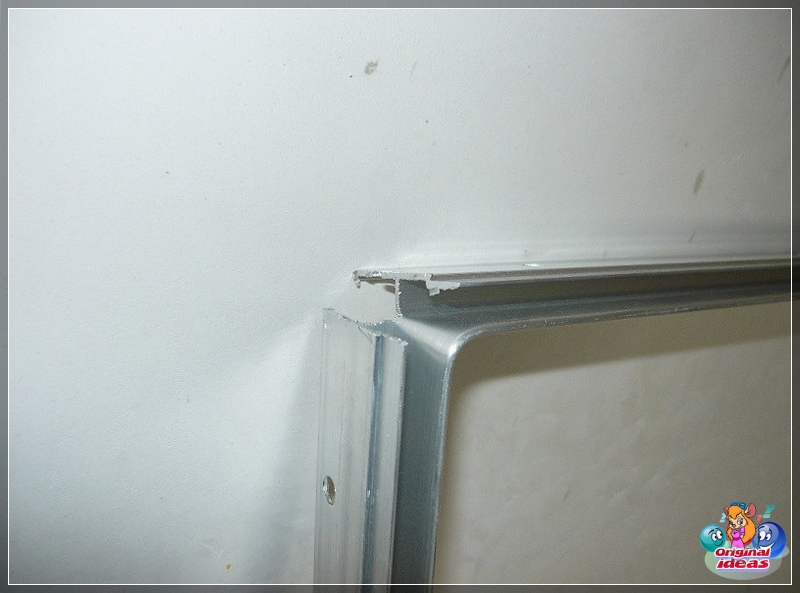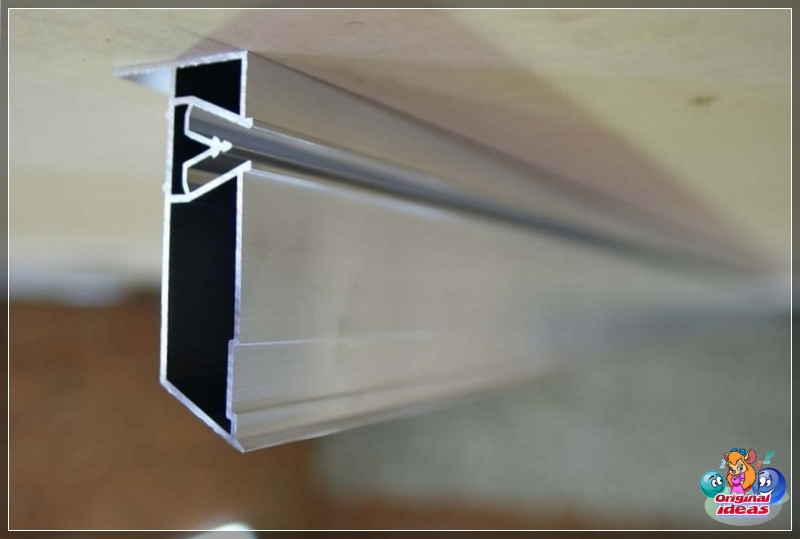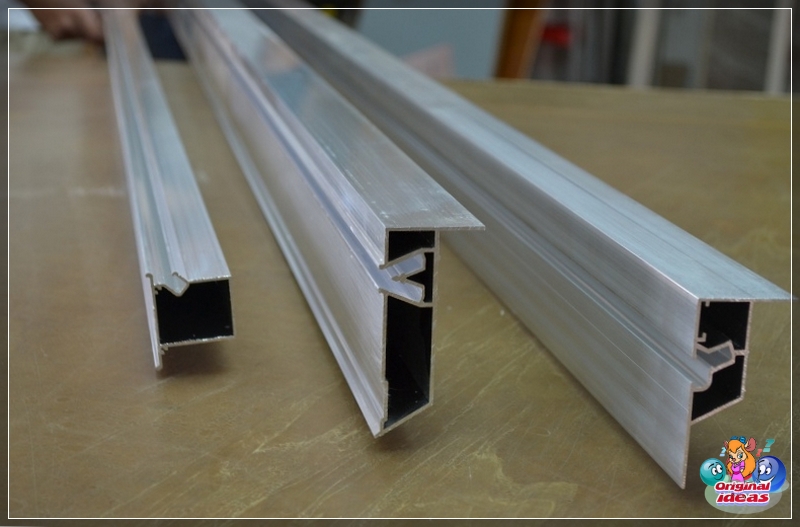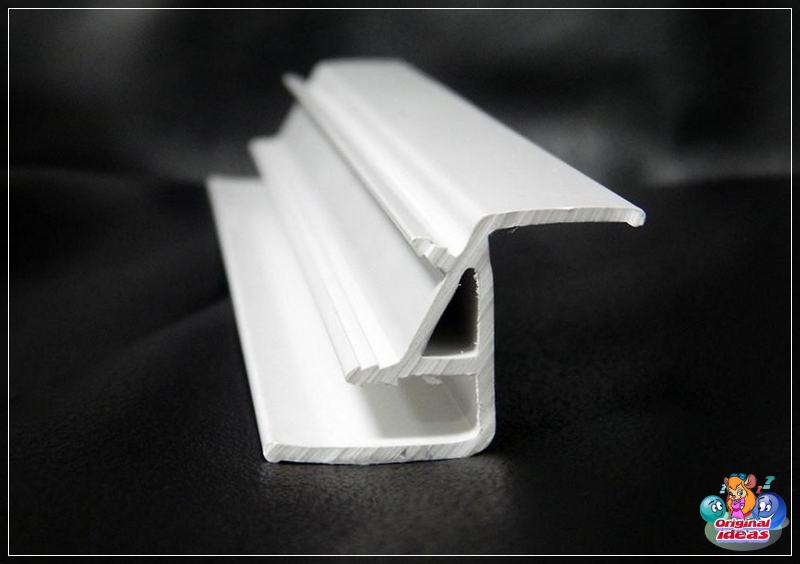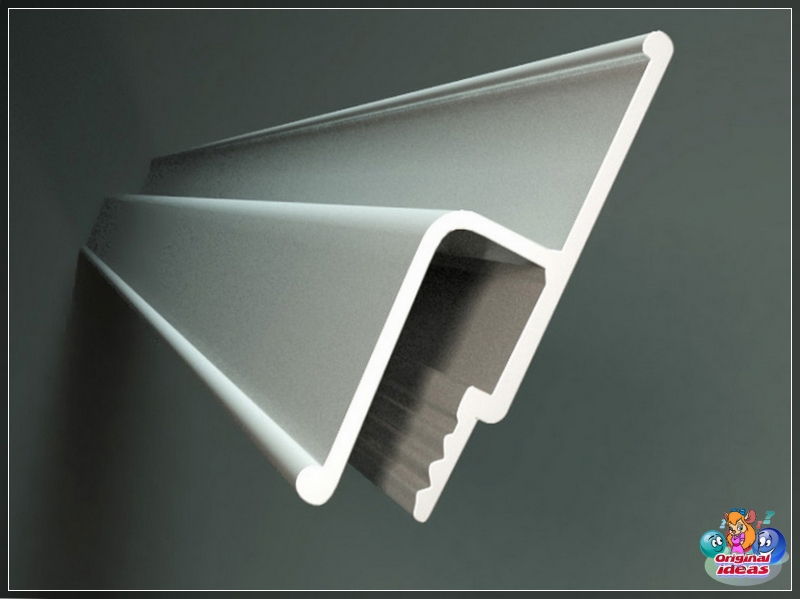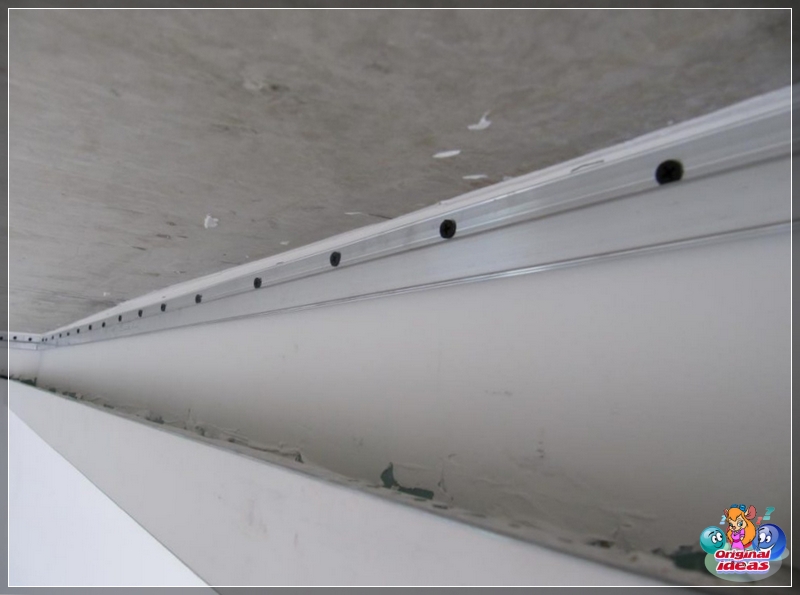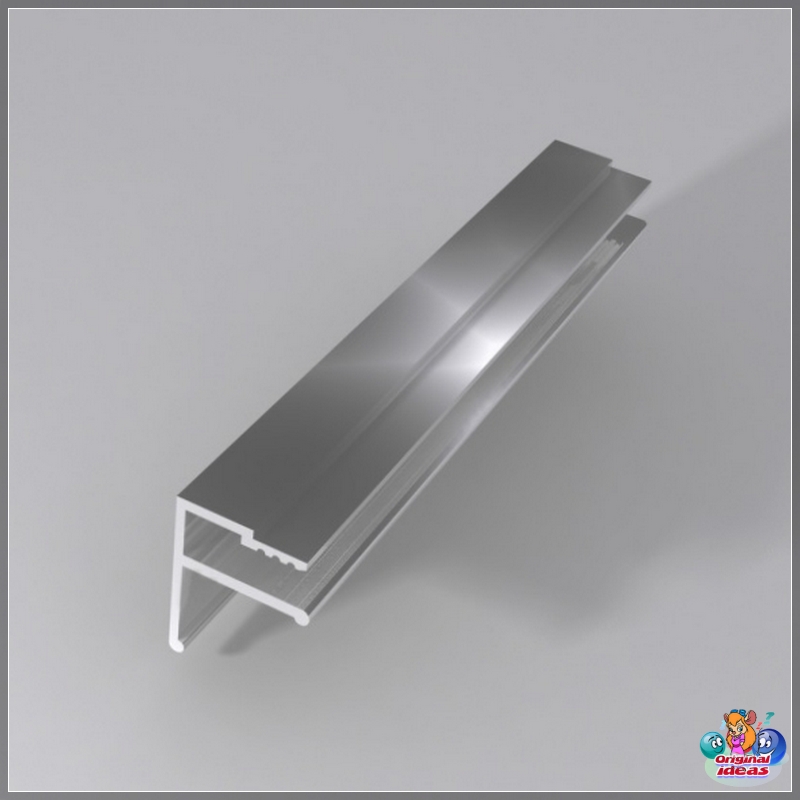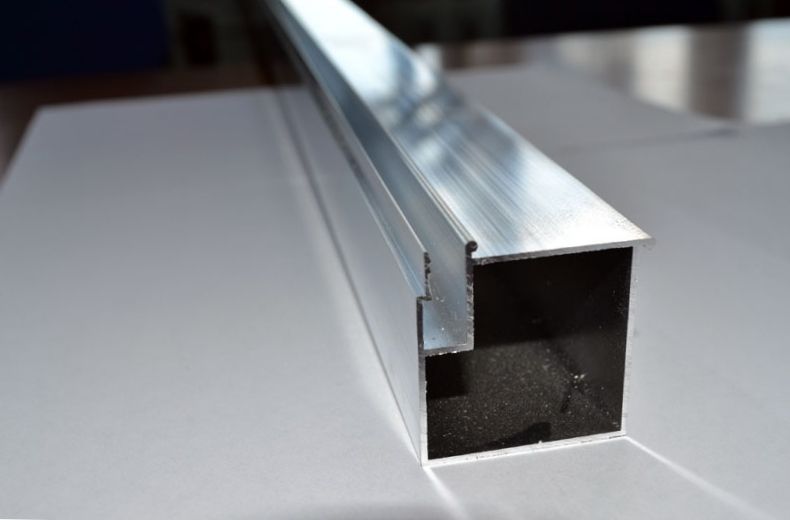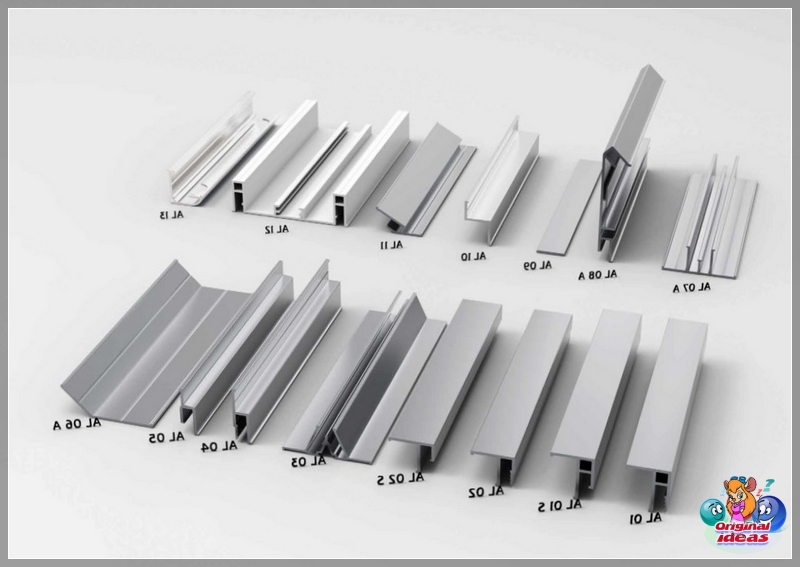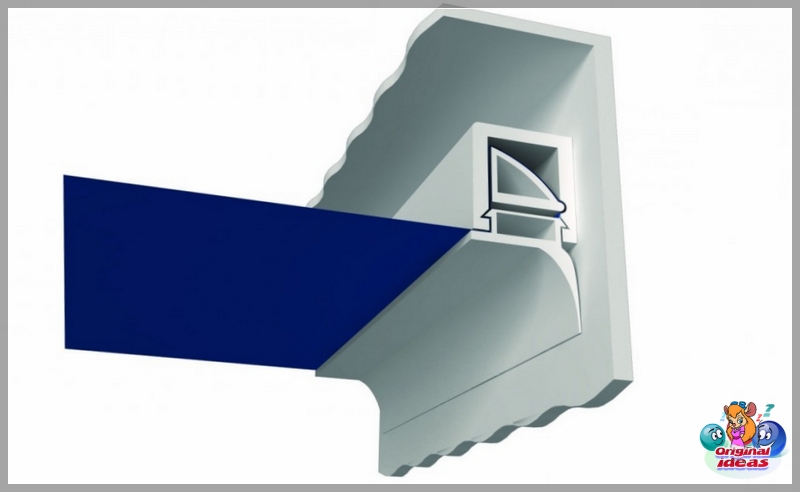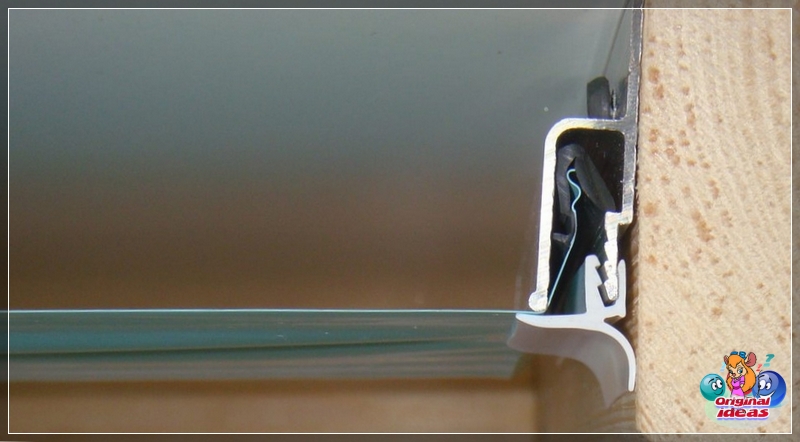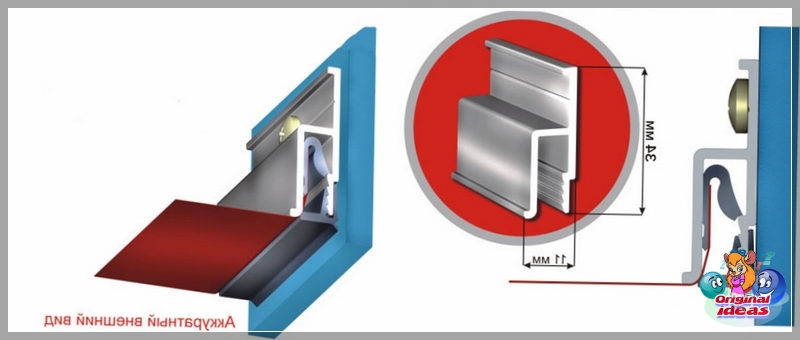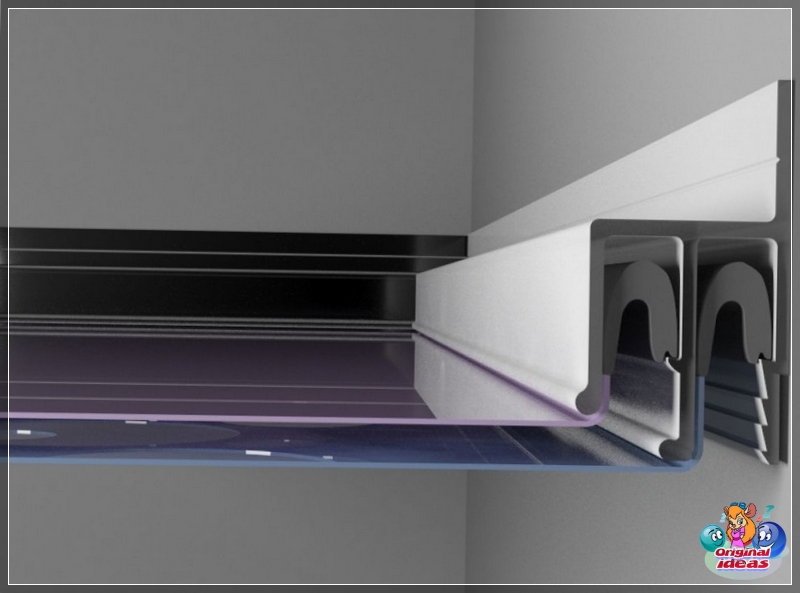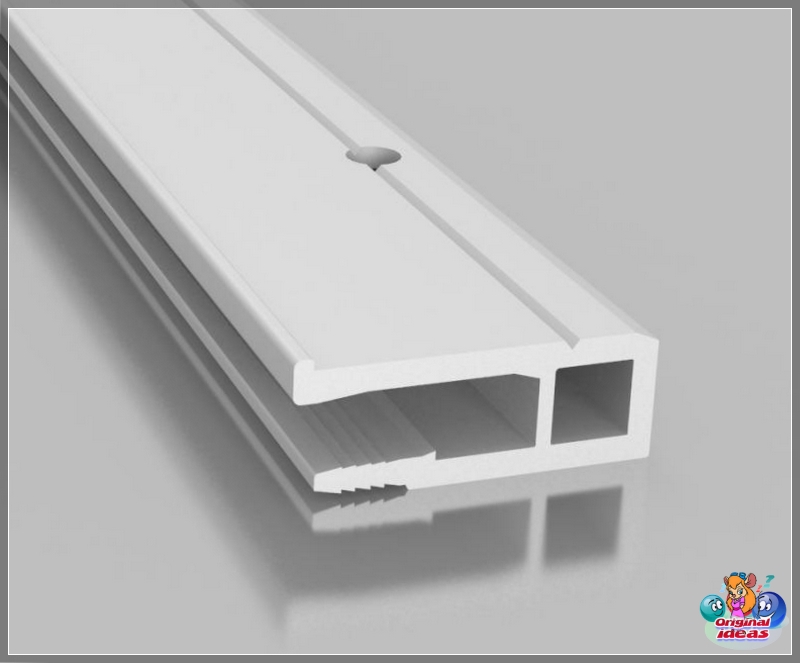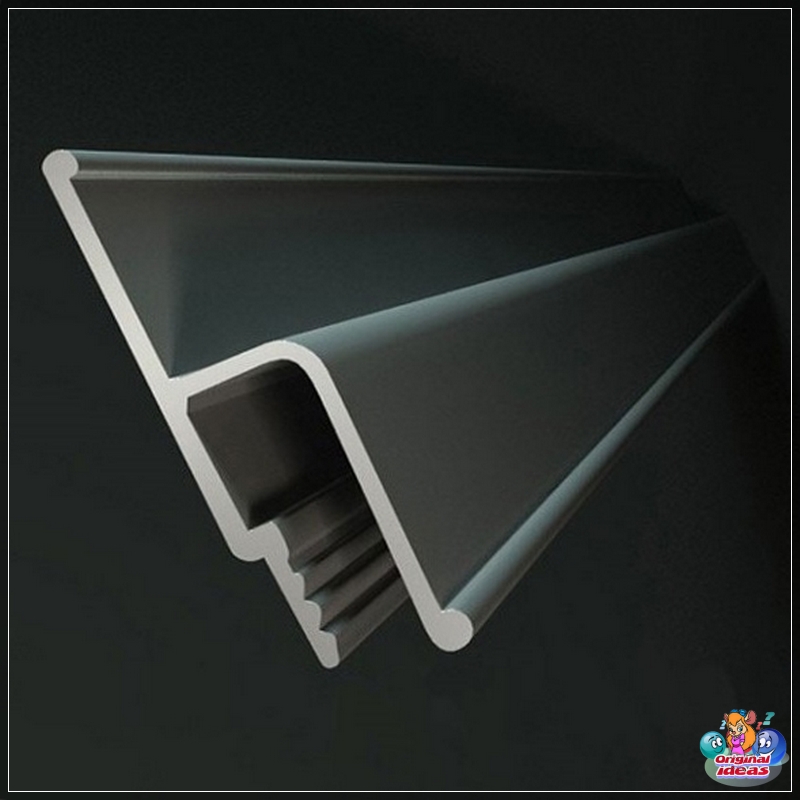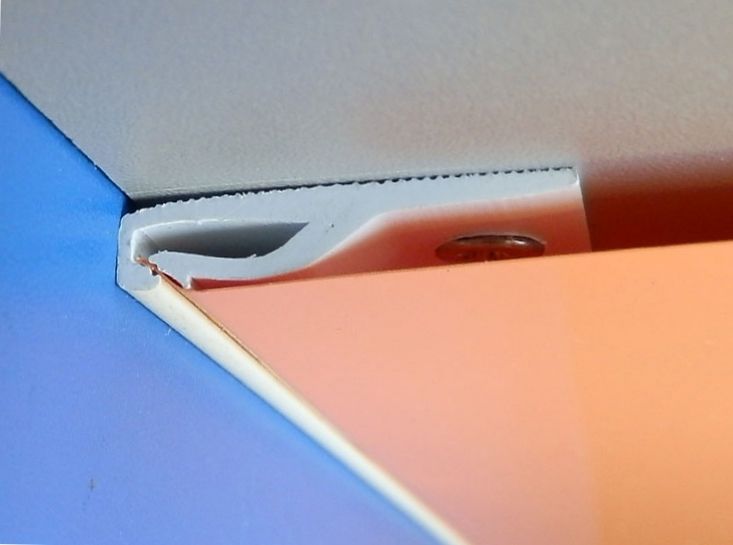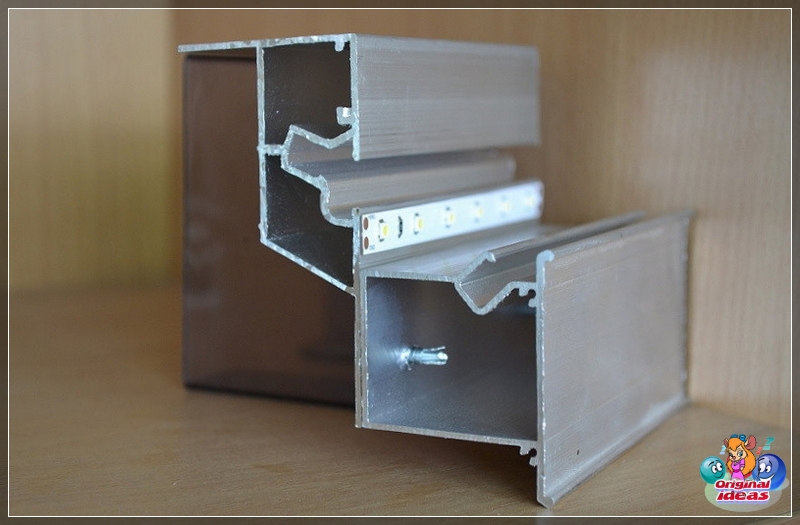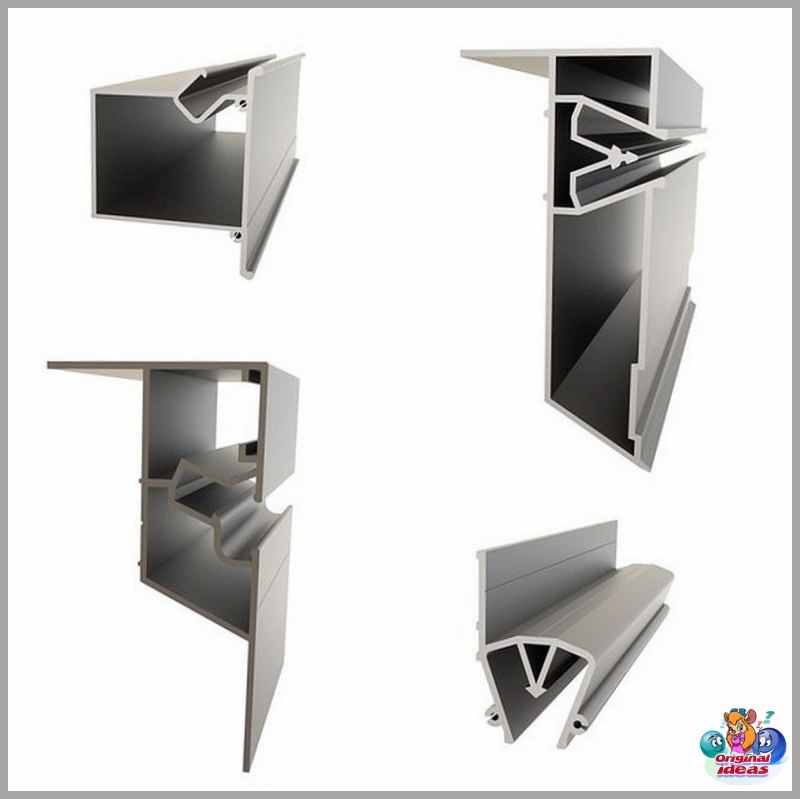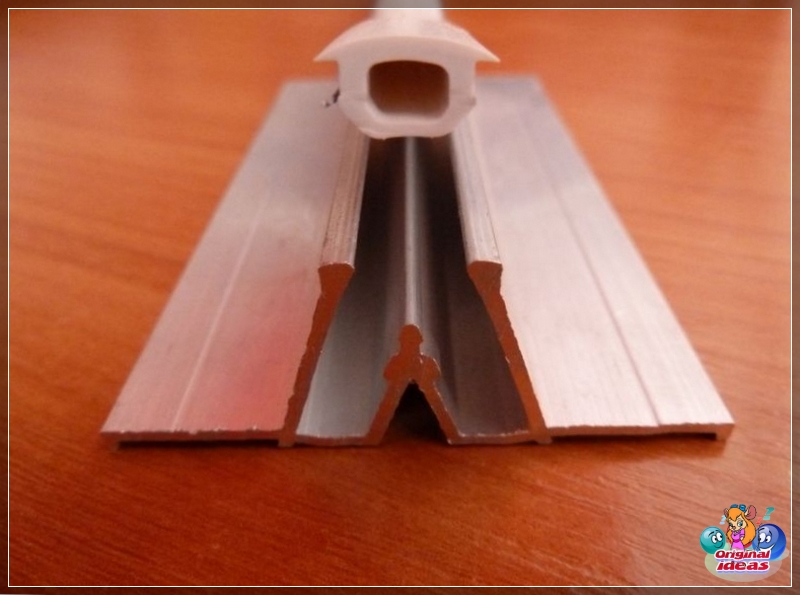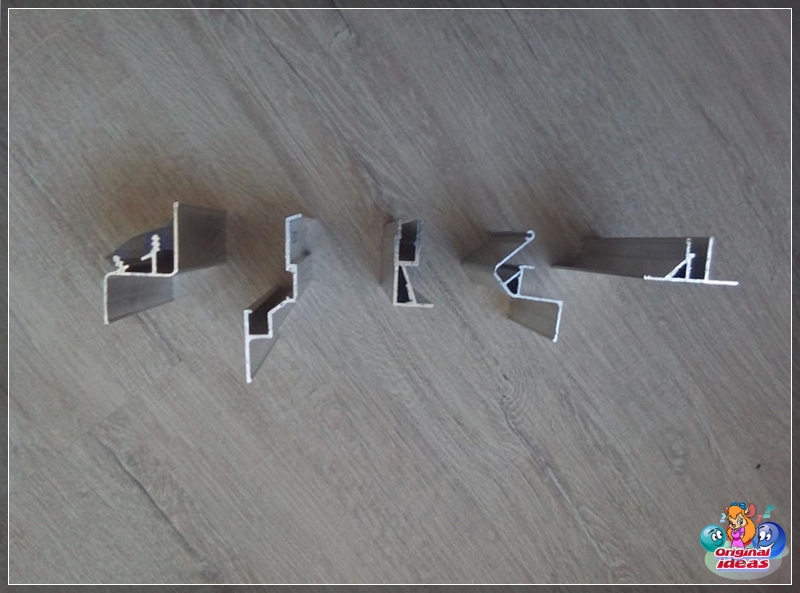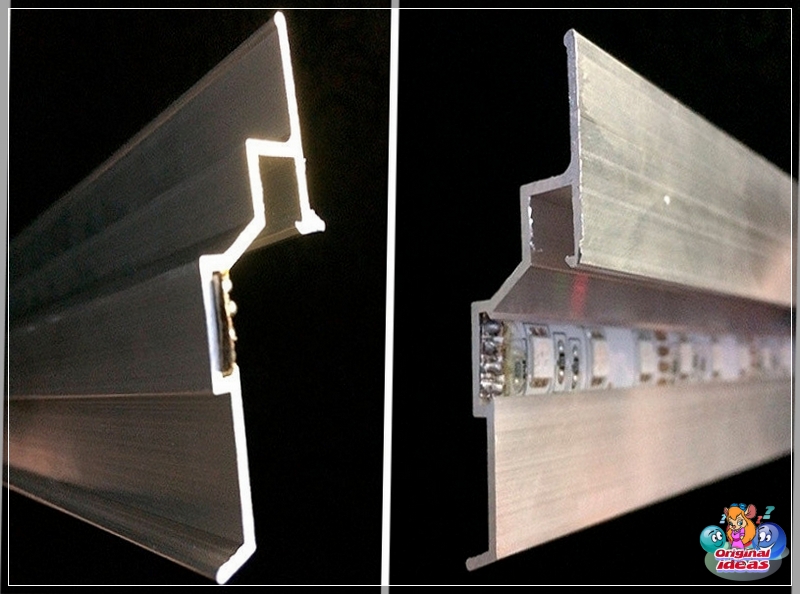Stretch ceiling trim consists of decorative fabrics and a rigid supporting frame, the basis of which is the profile for the stretched fabric. The purpose of the frame is to withstand a significant load from the tension of the coatings, therefore, the durability, strength and beauty of stretch ceilings depend on the quality of building profiles.
What are profiles
It would seem that nothing could be simpler than decorating the ceiling with stretch decor. We installed a bar around the perimeter and fixed the stretched canvas in it. That is how it is, but there are a lot of nuances, to neglect which means to reduce all the work "to naught" and get a headache instead of a stunningly beautiful ceiling. The key of these nuances is the correct choice of profiles for the tensioning system and extensions.
Profiles (baguettes) - strips mounted according to the design of the structure on the ceiling or walls, into which the edges of the canvases are inserted and fixed:
harpoon technology designed for vinyl films;
gapless method, ensuring a tight fit of the canvases to the walls;
using wedge technology;
by the glazing method - the cheapest fastening scheme for all types of canvases, but also the weakest;
clip-on fastening of fabric coverings, which is simple, but not provided for aluminum profiles.
The main advantage of tensioning systems depends on the reliability of the fastening, namely, the ability to hold a large volume of water and protect the room from flooding.
But in order for the fastening of the tensioning canvases to turn out to be strong, you need to accurately select and install profiles for one or multi-level ceilings:
baguettes for the harpoon system have a fairly high rigidity and an h-shape;
bead profiles are made of aluminum alloy, used together with a masking insert;
wedge bearing U-shaped strips can be used on winding planes, as a rule, they are equipped with special wedges and masking skirting boards, which make the appearance of the ceiling complete.
What baguettes are made of
Profiles for stretch ceilings are produced from plastic and metal. Of course, aluminum alloy baguettes:
more durable;
withstand a large load without deformation;
reliable products, durable, look respectable.
But at the same time they:
more expensive than plastic mounts;
more difficult to assemble, in particular on curved surfaces;
during installation, they need sawing, drilling holes and sawing, which violates their integrity and complicates installation.
Plastic (PVC) profiles:
lightweight, flexible and mobile;
significantly cheaper than aluminum;
can be used in any premises with a non-standard layout;
have no restrictions on design and complexity of ceiling decoration.
However, PVC profiles also have drawbacks - with strong tension, the canvases can bend, and with a large flood, even break if they are made of low-quality material or in violation of technology.
Variety of profiles and features
Profiles for stretch ceiling decoration differ in place of installation and functionality. Each species has its own characteristics, as well as strengths and weaknesses:
Wall h-shaped aluminum moldings. Most common profiles. Installed along the perimeter of the walls and fixed with dowels or self-tapping screws.
Advantages:
the ability to change the level of the ceiling;
easy leveling of PVC foil with uneven surfaces.
Minuses:
indispensable use of decorative plugs.
Universal aluminum baguettes. 2-in-1 combination profiles for wall and ceiling installation.
Advantages:
versatility of fastening due to the presence of 2 working surfaces;
the ability to "break" the tension structure anywhere, which is often used when installing a hidden curtain rod.
Minuses:
high weight and, accordingly, cost;
excessive rigidity due to the presence of 2 edges, for this reason the universal profile does not adhere well to curved contours;
the presence of a gap between the canvases and the walls, which, after installation, must be closed with a camouflage insert;
alignment of the base floor and walls is required depending on the attachment point, otherwise the uneven gap cannot be hidden even with decorative cornices;
difficult dismantling.
Ceiling aluminum profiles with horizontal strip. Used to create stretch multi-level ceilings or when it is impossible to attach baguettes to the walls.
Advantages:
the smallest height among profiles with a harpoon fastening scheme, which is important for low rooms;
small gap between walls and moldings (up to 2 mm), which is easily hidden behind a beautiful skirting board.
Minuses:
rigidity due to the angular shape, which does not allow their use in curved sections;
heavy weight;
more expensive than wall counterparts, but cheaper than universal.
In addition to the main types of profiles, manufacturers produce many modifications, as well as models designed for a specific system of fastening the sheets and the design of the tensile structure:
U-shaped aluminum wall molding is a worthy alternative to the h-profile in terms of rigidity and strength due to the bridge between the slats. On the one hand, this is good, since it allows the structure to withstand a greater load. On the other hand, such reinforcement is not always a good thing, since it is impossible to bend the profile, which means that it can be used on curved structures. Other advantages and disadvantages are similar to the main product.
Docking aluminum profile - modification of the ceiling molding. It is sometimes called dividing. It is used on areas of more than 60 m² to connect canvases of different texture and color in one plane, as well as to avoid sagging of coatings. There is no point in discussing the pros and cons of this mount, since there is no alternative to it. It is only worth noting the presence of a gap between the films, which will need to be decorated with inserts. In this regard, you need to think carefully about the design of the ceiling in order to wrap the connecting seam in an advantage.
The two-level aluminum profile is designed for quick arrangement of two-level ceiling slabs. The height of the steps depends on the width of this fastener. The typical width is 600 mm, although two-level baguettes of non-standard width are also available, but it is rather difficult to find such models. And this is a minus.
Aluminum Flexy profile is highly durable and lightweight. Using branded Flexy baguettes, you can create a tension structure of any complexity and bring to life the most . In favor of flexi profiles they say:
a secret niche for laying the LED strip to create tensioning systems with illumination, which allows you not to use camouflage extensions;
hidden harpoon attachment system;
aesthetic connection of canvases due to mortgages.
Aluminum profiles for creating 3D or perforated ceilings. Make it possible to install various canvases at different levels. For example, fix a film with clouds on the upper tier, and a transparent film with flying birds on the lower tier, which together will create an incredibly attractive three-dimensional picture. Such a molding replaces several wall frames that would be required to create a 3D coating, making installation work faster and easier.
Flexible baguettes for mounting PVC films with LED lighting. These are special aluminum mounts with grooves where the LED strip is mounted. Such profiles are intended for creating soaring stretch ceilings and there are 2 types - with and without a plug. When using a profile with a translucent cover, a more luxurious ceiling finish is obtained, since the luminous flux is directed downwards and it is brighter. However, such a profile costs almost twice as much as without a plug. So the choice here is purely individual.
Contoured aluminum profile with extended shelf. Allows you to lay the LED strip in 2 rows with mixing diodes, which provides a more effective and uniform glow.
In addition, stretch ceiling manufacturers produce:
visible profiles, during the installation of which part of the baguettes remains outside and is decorated with skirting boards;
invisible (hidden) baguettes, completely covered with canvases, are intended for arranging not only straight sections, but also winding ones without noticeable tiers within a radius of 200 mm.
Profile Tips
Arrangement of the frame depends on the complexity of the design of the ceiling structure and financial capabilities. Therefore, there are no general rules for the selection of components. Each host chooses according to personal preference and circumstances.
But still, before buying profiles for a stretch ceiling, it is advisable to take into account the point of view of professionals:
The first step is to decide on the method of attaching the canvases to load-bearing baguettes. The most popular is the harpoon technology, when, during the production process, special fasteners (harpoons) are immediately welded to the films, which, during installation, are simply inserted into the corresponding baguette and snapped into place. This greatly facilitates the workflow and makes it possible to create a false ceiling on your own.
The technology of installation of any tension structures requires an indent from the base overlap of at least 3-3.5 cm, which is necessary to mask the unevenness of the rough ceiling and communications. Therefore, without exception, all types of profiles initially underestimate the height of the room by the same distance, which must be taken into account when arranging flat stretch ceilings or multi-level structures in low rooms.
You should familiarize yourself with the advantages and disadvantages of all suitable models in order to choose the most optimal option.
The material of the profiles must be selected according to the area of the room itself and the weight of the selected canvas, which in no case should exceed the weight of the baguettes.
PVC profiles are used mainly with a limited budget or arrangement of ceilings with many wavy sections. In other cases, it is much wiser to purchase aluminum models.
In addition, it is better to pay attention to hidden wall moldings, which make it possible to create both straight and curly structures. Ceiling types of profiles are used much less often.
To equip a stylish ceiling, it is not enough to purchase beautiful stretch coverings. It is equally important to accurately select profiles and components, as well as to correctly mount the frame, which should cope with the task assigned to it. Only in this case, the ceiling will serve for many years, delighting the owners with a beautiful appearance.
